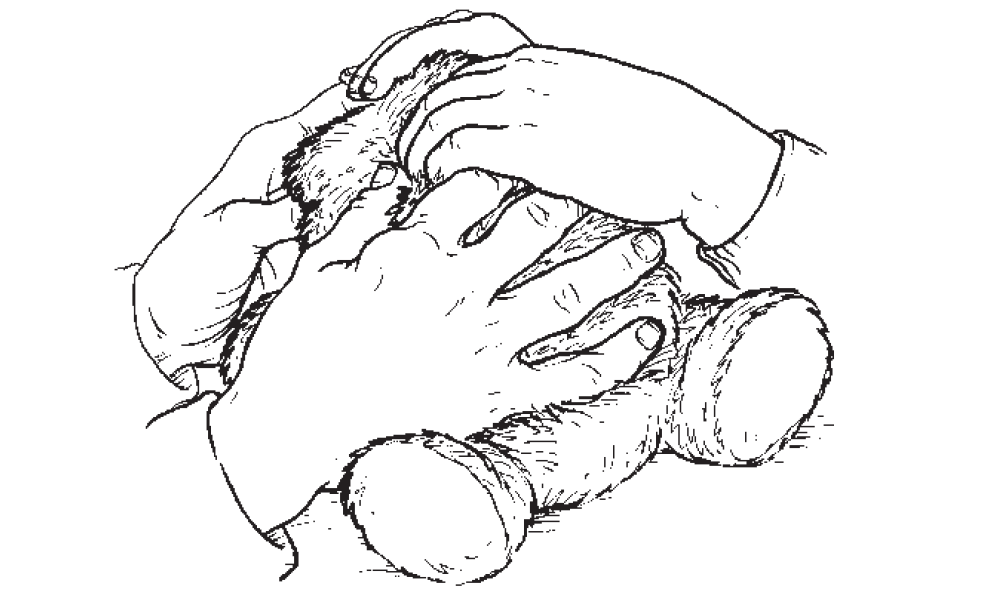Hand-Under-Hand Interactions
The hands of a child who is deafblind are precious. Like the eyes and ears of a hearing-sighted child, the hands allow a child who is deafblind to explore, communicate, and make sense of the world around them.

Using hand-under-hand interactions appropriately, teachers and related service providers can gently encourage a child’s learning by placing their hands under the child’s to help guide the child’s tactile exploration. In this manner, practitioners can introduce, demonstrate, and explore objects and surroundings as well as follow along where the child shows interest and curiosity.
Understanding tactile learning strategies and the importance of the hands and touch will help practitioners more effectively support the learning and development of a child who is deafblind.
See also:

Introductory Resources
Learn More
Talking the Language of the Hands to the Hands
DB-LINK Factsheet
Developing Hand Skills
Fact sheet from Colorado Services to Children with Deafblindness
KEEP EXPLORING